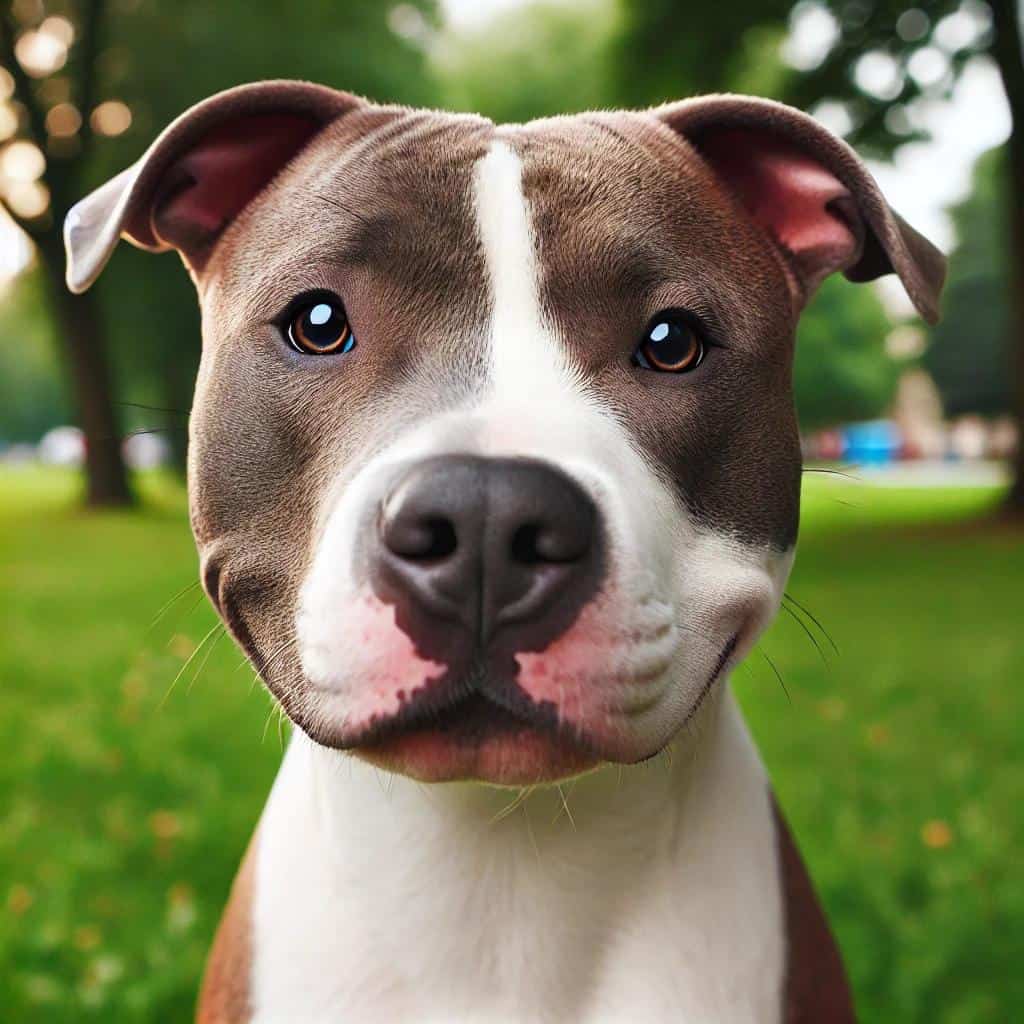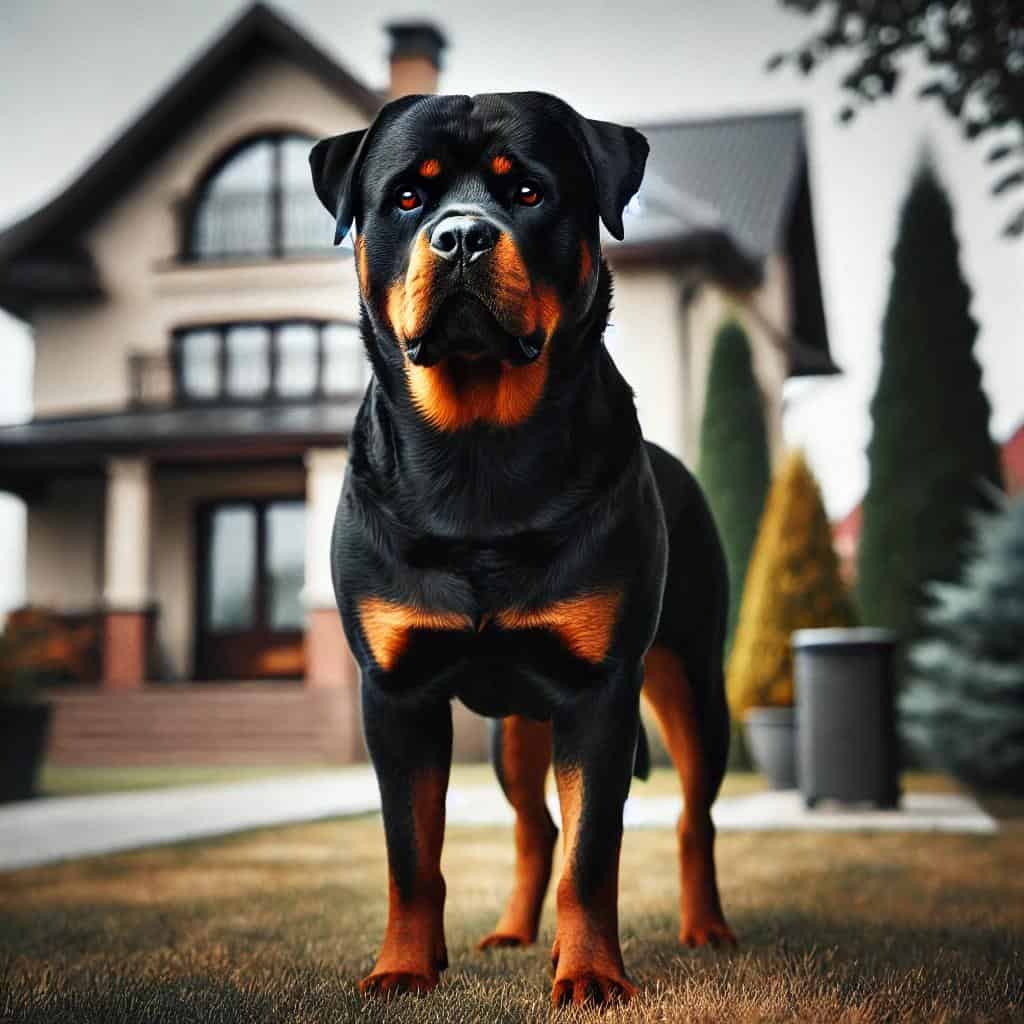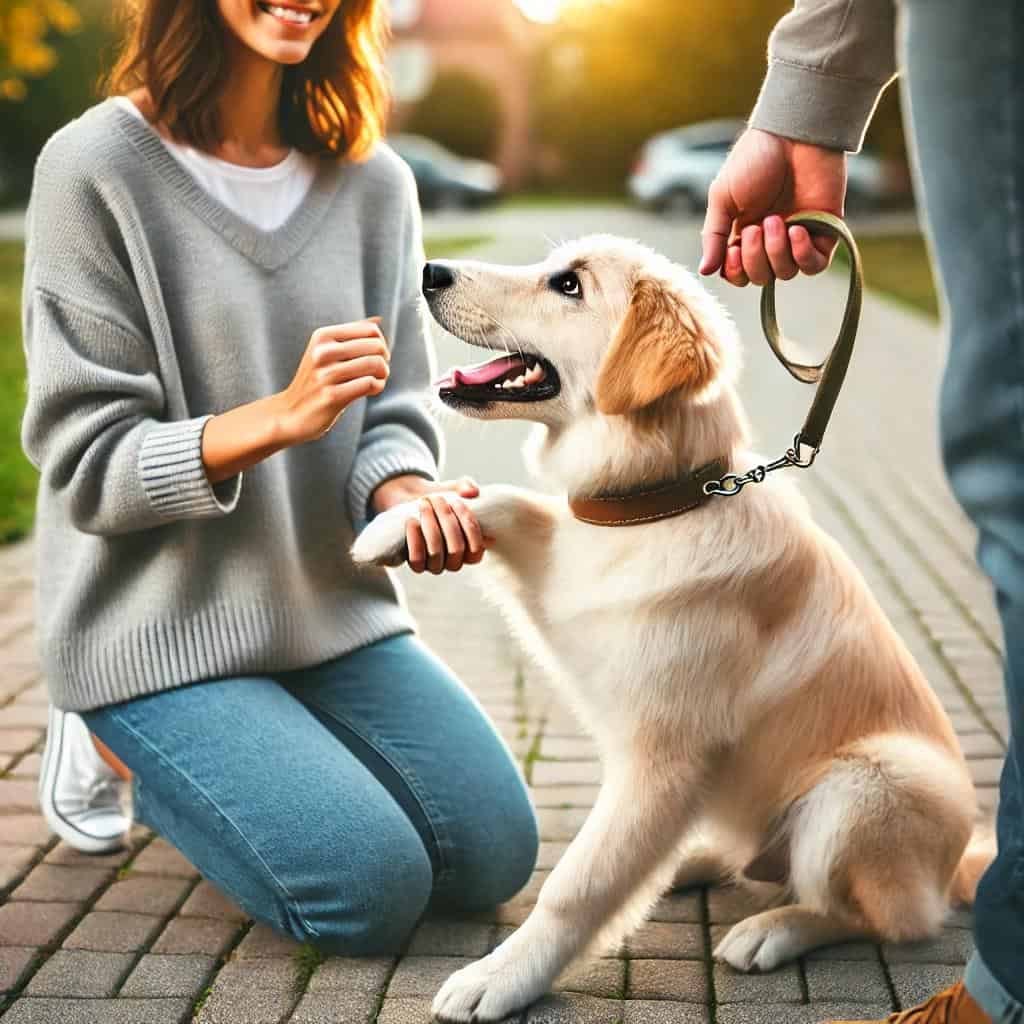Introduction
Dogs are often called “man’s best friend,” but not all dogs are the same. While most breeds are known for their loyalty, affection, and companionship, certain breeds have garnered a reputation for being “very dangerous dog breeds.” But what does it mean for a dog breed to be considered dangerous, and how much of this reputation is fact versus fiction?
- What is the #1 Most Aggressive Dog?
- What is the Most Threatening Dog Breed?
- Is There a Dangerous Dog List?
- What is the Top 3 Biggest Dog Breed?
- Factors Contributing to Dog Aggression
- Debunking the Myths: Are Certain Breeds Born Dangerous?
- Safety Tips for Owning Large or Potentially Dangerous Breeds
- Conclusion
In this comprehensive guide, we will dive deep into the world of dangerous dog breeds. We’ll answer the most pressing questions, explore common misconceptions, and provide current data about aggressive dogs, threats posed by specific breeds, and the top 3 largest dog breeds. So, let’s begin by tackling the question that’s on everyone’s mind:
What is the #1 Most Aggressive Dog?
Aggression in dogs is a complex issue and can depend on factors like upbringing, socialization, and individual temperament. However, certain breeds are frequently labeled aggressive based on their historical use, strength, and the severity of incidents. The American Pit Bull Terrier is often cited as the #1 most aggressive dog. The Pit Bull’s past as a fighting dog has led to a fierce reputation.

However, labeling the Pit Bull as the most aggressive dog does not account for the fact that many Pit Bulls are friendly, loving pets when trained and socialized properly. According to a report from the American Veterinary Medical Association (AVMA), the breed of the dog is not a reliable predictor of behavior. It’s crucial to remember that aggression is often a result of poor training or mistreatment rather than the breed itself.
What is the Most Threatening Dog Breed?
When we talk about a “threatening” dog breed, we often refer to dogs with strong protective instincts and immense physical strength. The Rottweiler often comes to mind in these discussions. Rottweilers are powerful dogs, originally bred to herd livestock and pull carts. They are highly protective, making them great guard dogs. Unfortunately, their strength and protectiveness can become dangerous if not managed correctly.

However, it is not just their physical strength that makes Rottweilers seem threatening; it’s their ability to quickly assess and react to threats. An untrained or poorly socialized Rottweiler may view innocent actions as threatening and respond aggressively. Like Pit Bulls, though, many Rottweilers are gentle, loyal, and loving pets when raised in a positive environment.
Other breeds often considered threatening include the Doberman Pinscher and the German Shepherd, both of which are known for their roles as police and military dogs. Their imposing size, intelligence, and ability to follow commands make them formidable protectors, but they can also be gentle companions in the right setting.
Is There a Dangerous Dog List?
Yes, many countries and regions maintain lists of dangerous dogs, often referred to as Breed-Specific Legislation (BSL). These lists typically focus on breeds that have been involved in serious incidents or are known for their strength and aggressive tendencies. For instance, in some places, owning a Pit Bull, Rottweiler, or Doberman Pinscher may be restricted or regulated.
But is BSL effective? Many experts argue that these lists unfairly target specific breeds without considering that individual dogs within those breeds may not be dangerous at all. The American Temperament Test Society (ATTS), which tests dogs for behavioral stability, shows that many so-called dangerous breeds often perform better than expected. For example, the Pit Bull scores similarly to family-friendly breeds like the Golden Retriever.
In the context of dog training, responsible owners can mitigate the risks posed by large, powerful breeds by using tools like effective training collars or enrolling their dogs in obedience training. Our guide on effective training collars can help with this.
What is the Top 3 Biggest Dog Breed?
When discussing “very dangerous dog breeds,” it’s essential to consider the sheer size of some breeds, as large dogs can inadvertently cause harm due to their power and weight. The top three largest dog breeds by weight and height are:
Great Dane
Known as the “Apollo of dogs,” Great Danes can reach up to 200 pounds and stand as tall as 34 inches at the shoulder. Despite their intimidating size, Great Danes are often gentle giants, friendly and laid-back, although they do need proper training due to their size.
English Mastiff
English Mastiffs are massive, with males weighing up to 230 pounds. These dogs were historically used for guarding, but today, they are loyal family companions. Proper training and socialization are crucial to ensure their size doesn’t become a hazard.
Saint Bernard
This breed is famous for its role in rescuing travelers in the Swiss Alps. Saint Bernards can weigh up to 180 pounds. They are known for their friendly, gentle demeanor, but like any large breed, early training is essential to manage their size.

While these large breeds may not be aggressive, their size alone can make them potentially dangerous in certain situations, such as around small children or frail adults.
Factors Contributing to Dog Aggression
One cannot generalize dog aggression solely based on breed. Socialization, training, and the environment play significant roles in shaping a dog’s temperament. In fact, dogs that are well-trained and exposed to various situations early in life are less likely to become aggressive.

Consider enrolling your dog in training programs that emphasize positive reinforcement and proper socialization, like the Bubble Theory Dog Training approach, which can help prevent behavioral problems.
Debunking the Myths: Are Certain Breeds Born Dangerous?
A common misconception is that certain breeds are “born dangerous.” In reality, any dog can become aggressive depending on how they are raised and treated. It’s more accurate to focus on responsible ownership, proper training, and a safe environment.
Moreover, many of the so-called dangerous breeds can excel in working roles, including therapy, rescue, and police work. The German Shepherd, for instance, is one of the most intelligent and trainable breeds, often serving alongside officers in high-stakes situations.
Safety Tips for Owning Large or Potentially Dangerous Breeds
Owning a large or powerful dog breed comes with responsibilities. Here are some tips to ensure safety for both your dog and others:
- Early Training: Start training your dog as early as possible. Use techniques that focus on positive reinforcement.
- Socialization: Expose your dog to different environments, people, and other dogs to reduce fear or aggression.
- Proper Containment: For large breeds, a secure, well-maintained fence is crucial. You can learn more about this in our guide to dog fences.
- Exercise: Make sure your dog gets plenty of exercise to burn off energy, as pent-up energy can lead to behavioral problems.
Conclusion
While certain breeds have a reputation for being dangerous, it’s crucial to recognize that most dogs are a product of their environment and training. Rather than focusing solely on breed, prospective dog owners should consider their ability to meet the physical, mental, and social needs of any dog they bring into their home.
By being informed and responsible, you can ensure that even the most powerful and protective dog breeds become loyal, loving, and safe companions. If you’re looking to explore training tools for your dog, be sure to check out Effective Training Dog Collars for Obedient Pets in 2024 for expert advice.
Share your thoughts in the comments below! If you enjoyed this post, consider subscribing to our newsletter for more pet tips, stories and blogs!
